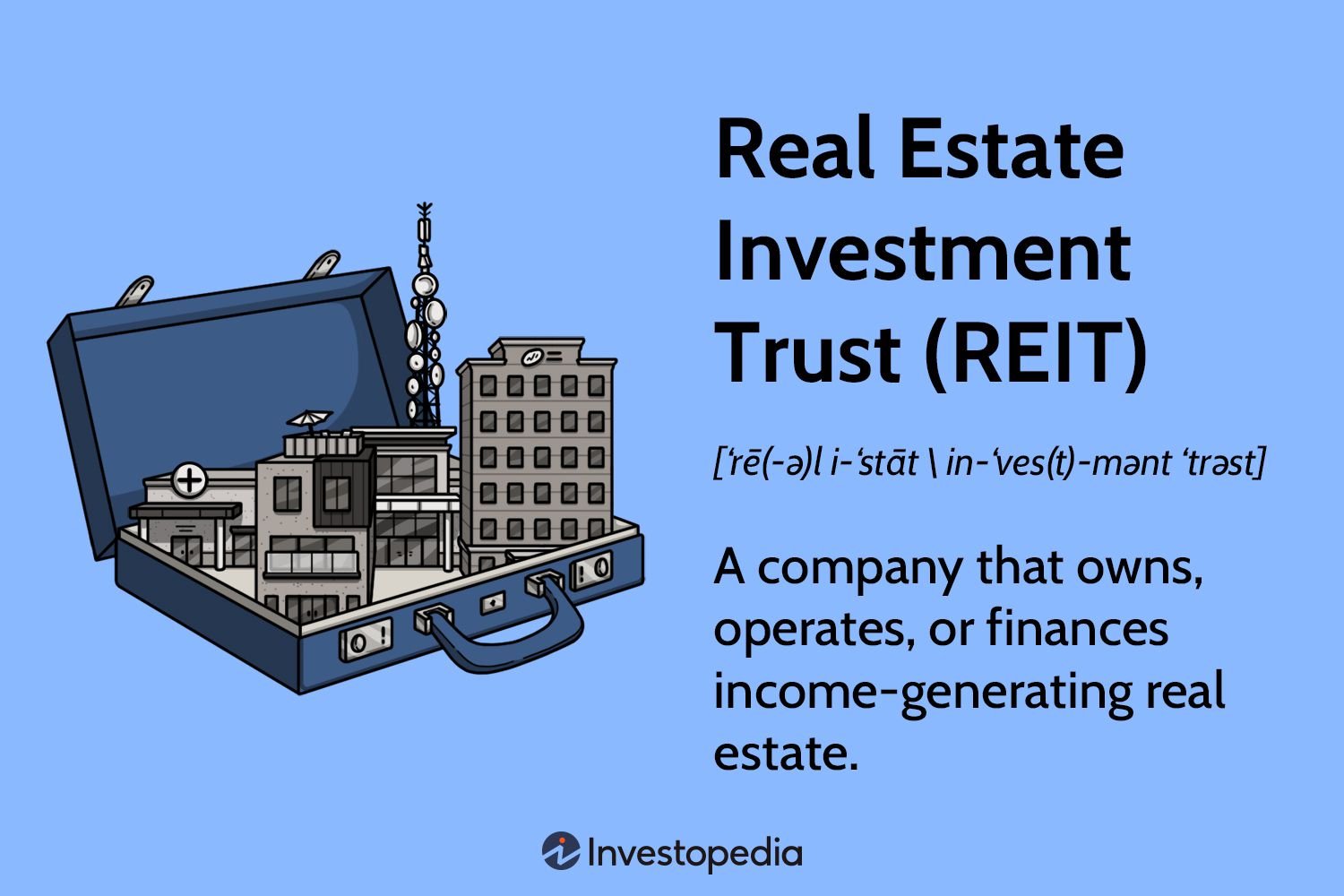Have you ever found yourself torn between two enticing options, unable to make a decision? Understanding opportunity cost in decision making can provide you with a valuable framework to navigate such dilemmas. At its core, opportunity cost refers to the trade-offs we face when choosing one option over another. It’s the cost of forgoing the next best alternative. By grasping this concept, you can make more informed choices, optimize your decision-making process, and ultimately, align your actions with your priorities. So, let’s delve into the world of opportunity cost and learn how it influences our decision-making journey.
Understanding Opportunity Cost in Decision Making
When it comes to decision making, understanding and considering the concept of opportunity cost is crucial. Opportunity cost refers to the potential loss or sacrifice of choosing one option over another. It is the value of the forgone alternative, the benefits we could have gained from the next best choice. By taking opportunity cost into account, we can make more informed decisions and maximize our outcomes. In this article, we will delve into the depths of opportunity cost and explore its significance in decision making.
What is Opportunity Cost?
Opportunity cost is a fundamental concept in economics and decision theory. It recognizes that resources are scarce and choices have to be made. Whenever a decision is made, we inevitably give up other alternatives. These forgone alternatives represent the opportunity cost. It is the cost of not choosing the next best alternative.
To illustrate this concept, let’s consider a simple example. Suppose you have $10, and you have two options: buying a book for $10 or going to the movies for $10. If you choose to buy the book, the opportunity cost is the enjoyment and experience you would have derived from watching the movie. Conversely, if you choose to watch the movie, the opportunity cost is the knowledge and pleasure you would have gained from reading the book. The opportunity cost is the value of what is sacrificed.
Importance of Considering Opportunity Cost
Understanding and considering opportunity cost is crucial for making rational decisions and evaluating trade-offs. Here are some reasons why opportunity cost is important:
1. Efficient Resource Allocation
Considering opportunity cost helps ensure efficient allocation of resources. By comparing the benefits and costs of different options, we can select the option that provides the highest net benefit. This is especially important in business and economics, where resources are often limited, and decisions can have significant consequences on profitability and growth.
2. Trade-Offs and Prioritization
Opportunity cost helps us identify and evaluate trade-offs. When faced with multiple choices, recognizing the opportunity cost allows us to prioritize our options. It helps us understand the potential gains and losses associated with each alternative, enabling us to make better-informed decisions.
3. Long-Term Planning
Considering opportunity cost is essential for long-term planning. By understanding the potential benefits and costs of different choices, we can make decisions that align with our long-term goals and objectives. It helps prevent short-sighted decisions that may result in missed opportunities or regret in the future.
4. Better Decision Making
Taking opportunity cost into account improves the quality of decision making. It encourages a more holistic and analytical approach to evaluating choices. By weighing the pros and cons of each alternative, we can make decisions that align with our values, priorities, and aspirations.
Factors Influencing Opportunity Cost
There are several factors that influence the magnitude of opportunity cost. These factors can vary depending on the context and nature of the decision. Here are some key factors to consider:
1. Scarcity of Resources
The scarcity of resources plays a significant role in determining opportunity cost. When resources are limited, the value of alternative choices increases. For example, if there is a limited supply of a particular product, the opportunity cost of using it for one purpose is sacrificing its use for another purpose.
2. Time Constraints
Time constraints can impact opportunity cost. The value of time is often a crucial consideration when making decisions. Choosing one option may require a significant time commitment, resulting in the opportunity cost of not pursuing other activities or opportunities within that time.
3. Personal Preferences and Goals
Individual preferences and goals influence opportunity cost. What may be considered a valuable alternative for one person may not hold the same value for another. Personal preferences, values, and aspirations shape the opportunity cost calculation.
4. External Factors
External factors such as market conditions, competition, and societal dynamics can also impact opportunity cost. The availability of alternatives, demand and supply forces, and prevailing economic conditions influence the opportunity cost associated with different choices.
Strategies for Evaluating Opportunity Cost
Effectively evaluating opportunity cost requires careful analysis and consideration. Here are some strategies to help you evaluate and incorporate opportunity cost into your decision-making process:
1. Identify Alternatives
Begin by identifying all the possible alternatives available to you. This step is essential to accurately assess the opportunity cost. Consider both obvious and non-obvious alternatives to ensure a comprehensive evaluation.
2. Evaluate Pros and Cons
Once you have identified the alternatives, evaluate the potential benefits and drawbacks of each option. Consider the short-term and long-term implications, as well as any trade-offs involved. This evaluation will help you understand the opportunity cost associated with each alternative.
3. Quantify and Compare
Where possible, quantify the potential benefits and costs of each alternative. Assigning values or scores to different factors can help you compare the options more objectively. This approach enables you to weigh the opportunity cost more effectively and make a well-informed decision.
4. Consider Opportunity Cost in Decision Criteria
Incorporate opportunity cost as one of the decision criteria. By explicitly factoring in opportunity cost, you ensure it receives adequate consideration alongside other important factors. This helps avoid overlooking significant trade-offs or undervaluing alternative options.
5. Reflect on Long-Term Goals
Always consider your long-term goals and aspirations when evaluating opportunity cost. Assess how each alternative aligns with your broader objectives. This reflection enables you to make choices that are consistent with your vision for the future and minimize potential regrets.
In conclusion, understanding opportunity cost is essential for effective decision making. By recognizing the trade-offs and sacrifices associated with different choices, we can make more informed decisions and maximize our outcomes. Incorporating opportunity cost into our decision-making process allows us to allocate resources efficiently, prioritize options, plan for the long term, and make better choices overall. So next time you face a decision, take a moment to consider the opportunity cost and make a decision that aligns with your goals and values.
Opportunity Cost and Decision Making
Frequently Asked Questions
Frequently Asked Questions (FAQs)
What is opportunity cost?
Opportunity cost refers to the potential benefit or value that is given up when an individual or business chooses one option over another. It is the value of the next best alternative that is foregone in order to make a particular decision.
How does opportunity cost relate to decision making?
Opportunity cost is a fundamental concept in decision making. It helps individuals and businesses evaluate the benefits and drawbacks of different choices by considering the potential gains they may miss out on when choosing one option over another.
Why is understanding opportunity cost important in decision making?
Understanding opportunity cost is crucial in decision making as it allows individuals and businesses to make more informed choices. By considering the potential benefits that might be lost, decision makers can evaluate the true value of their options and make decisions that align with their goals and priorities.
What factors should be considered when calculating opportunity cost?
When calculating opportunity cost, several factors should be taken into account. These include the potential benefits and drawbacks of each alternative, the time and resources required, the risks involved, and the individual or business’s specific goals and priorities.
Can opportunity cost be quantified?
While opportunity cost cannot always be measured in monetary terms, it can still be quantified by evaluating the potential benefits and drawbacks of each option. Assigning values to different alternatives helps in comparing and assessing the trade-offs involved in decision making.
How can opportunity cost influence long-term decision making?
Opportunity cost can have a significant impact on long-term decision making. By considering the potential benefits of alternative choices over an extended period, individuals and businesses can make decisions that align with their long-term goals and maximize overall benefits.
Are there any strategies for minimizing opportunity cost?
While it may not be possible to completely eliminate opportunity cost, there are strategies to minimize its impact. These include conducting thorough research, considering multiple alternatives, evaluating potential benefits and drawbacks, and seeking expert advice when necessary.
Can opportunity cost change over time?
Yes, opportunity cost can change over time due to various factors such as market conditions, resource availability, and shifting priorities. It is important to regularly reassess opportunity cost when making decisions to ensure they remain aligned with current circumstances and goals.
Final Thoughts
Understanding opportunity cost in decision making is crucial for making informed choices. By recognizing that every decision involves giving up one option in favor of another, individuals can evaluate the true value of their choices. This concept prompts individuals to consider the potential benefits and drawbacks of each alternative, enabling them to make decisions that align with their priorities and goals. Understanding opportunity cost empowers individuals to prioritize their resources, whether it be time, money, or other assets, and make choices that maximize their overall satisfaction. So, by comprehending and considering opportunity cost in decision making, individuals can make more rational and efficient decisions in various aspects of their lives.



